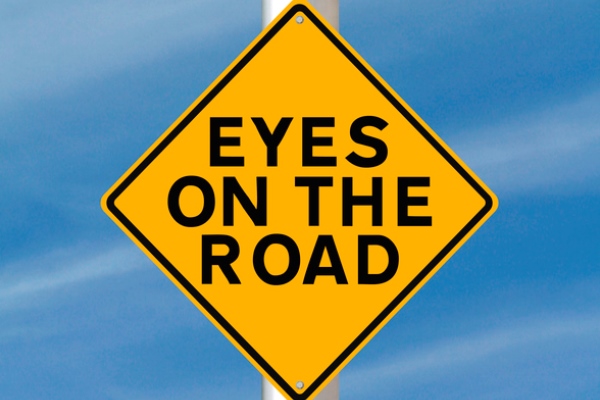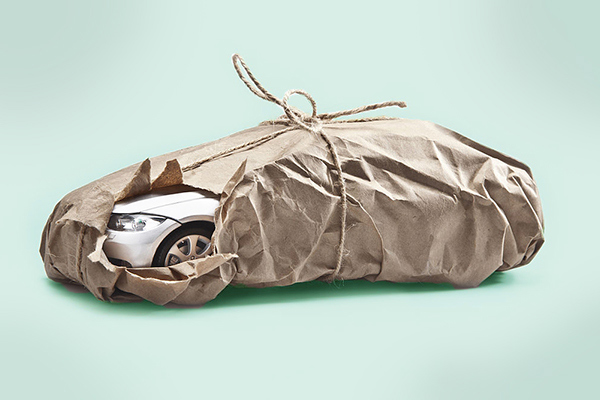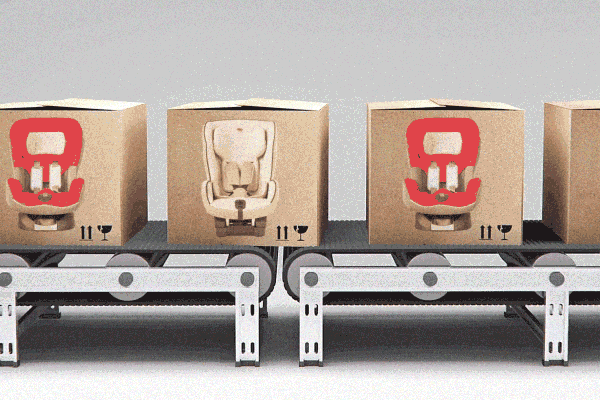So, you just got your license, and you are so ready to hit the road.
Driving is a whole new universe. You’ll have to learn an entire new set of rules. GEICO recommends you keep a number of things in mind when you grab the keys and head out the door.
Pre-trip checklist:
Once you’re moving:
Download a printable version of this checklist and keep it in your glove box for a quick, pre-drive reference. And above all, have a safe trip!
What kind of car insurance do I need for my new teen driver?
You’ve waited a long time to get your driver’s license. Now that the driving lessons are behind you, now that you’ve passed your driving test, you’re ready to go. For a while, you may drive the family car, but eventually, you’ll want to get a car of your own. When you do, there’s something absolutely essential for you to have—insurance.
Accidents can happen—even to the best drivers. Insurance can help cover repairs to your own vehicle and medical costs. But insurance is your firewall against economic disaster should you cause an accident and there is property damage or injuries to other people. With today’s high medical costs, increasingly expensive car repair costs and high litigation expenses, even a seemingly minor accident could cause a major financial hardship for you. Auto insurance is not an option; it’s an absolute necessity. View as a PDF (162K)
What is insurance?
Insurance is an agreement between you and your insurer in which you pay the insurance company a certain amount of money and, in return, the company will protect you from major financial losses due to an accident for a given period of time. The amount that you pay is called the premium, and in most cases it’s actually less than the cost of an insurance claim.
How can the car insurance company cover the cost of claims and stay in business? It’s simple. Insurers group people together using varying criteria such as driving record, age, gender, type of car, miles driven annually and where they live. Statistically, the insurance company knows how many members of your group will get into accidents. Based on that, it determines the average amount of the premium the members of the group need to pay to cover the cost of these accidents.
What kind of auto insurance coverage should I get?
This depends on a number of factors. Certainly, you want to get liability coverage to protect yourself against lawsuits in case you cause an accident. However, if your car is older, you might not want to get collision insurance since you might pay more for the premiums than the car is worth. On the other hand, if your car is new or is a used one that is being financed, the lending institution will probably insist on collision insurance. Below is a listing of the different kinds of coverages a policy may contain and what they do.
- Bodily injury liability – pays medical costs of other people injured in an accident that you caused. It also covers the cost of litigation if you should be sued.
- Property damage liability – pays for other people’s property damaged in an accident for which you are responsible.
- Medical payments – pays medical costs if you or your passengers are injured in an accident. There are usually limits specified in the policy.
- Uninsured/Underinsured motorists – pays your medical bills if you’re injured in an accident caused by someone who has no insurance or inadequate insurance to cover the costs. In some states, it will also cover damage to your property.
- Collision – pays for damage to your car when you are at fault in an accident involving another vehicle or some other object.
- Comprehensive – pays for damage to your car not caused by an accident, like theft or vandalism.
Is there more than one type of insurance system?
There are two basic types of insurance systems states can choose for their citizens: tort or no-fault. In a tort system, the insurance company of the person who caused the accident is responsible for paying for property damage, bodily injuries and other economic expenses. Because it is sometimes hard to tell exactly who is responsible for an accident, this system results in many lawsuits and higher insurance costs.
In a no-fault system, a person’s own insurance covers his or her medical and economic costs regardless of who caused the accident. In return, the insured person forgoes the right to sue unless the injuries are severe or permanent or more than a specified amount. A good no-fault law cuts down on litigation and helps control insurance costs.
How do I get insurance?
You can contact a direct dealer over the internet, over the phone or through the mail. A direct writer sells insurance directly to its customers through salaried employees. Your other options include going to an independent agent who sells insurance for several different insurance companies, or you can contact an exclusive agent, one who is under contract to a particular insurance company to sell only that company’s policies.
How can I bring down the cost of my insurance?
- Drive safely. Nothing drives up the cost of insurance more than a history of accidents and moving violations.
- Pick your car carefully. High-performance cars are tempting, but not only are they expensive to operate, they’re expensive to insure. Pick a car with a good safety record, that’s less expensive to repair and that’s not on the car thieves’ most-wanted list.
- Increase your deductible. The deductible is the amount of a claim that you pay. Usually, it’s $100, $200 or $500. The larger the deductible, the lower your premium could be.
- Finally, there’s one thing over which you have no control that will lower your premium. Since teenagers and young drivers, particularly males, have more accidents than older people, your premiums will be higher. But as you grow older, and if your driving record remains good, you should see your premiums decline.










carmen johnson says,
interesting
Bernard Stewart says,
I have GEICO for 10 years and you have always been Great!!!!, thank you!!!!!.
Editor says,
Thank you, Bernard!